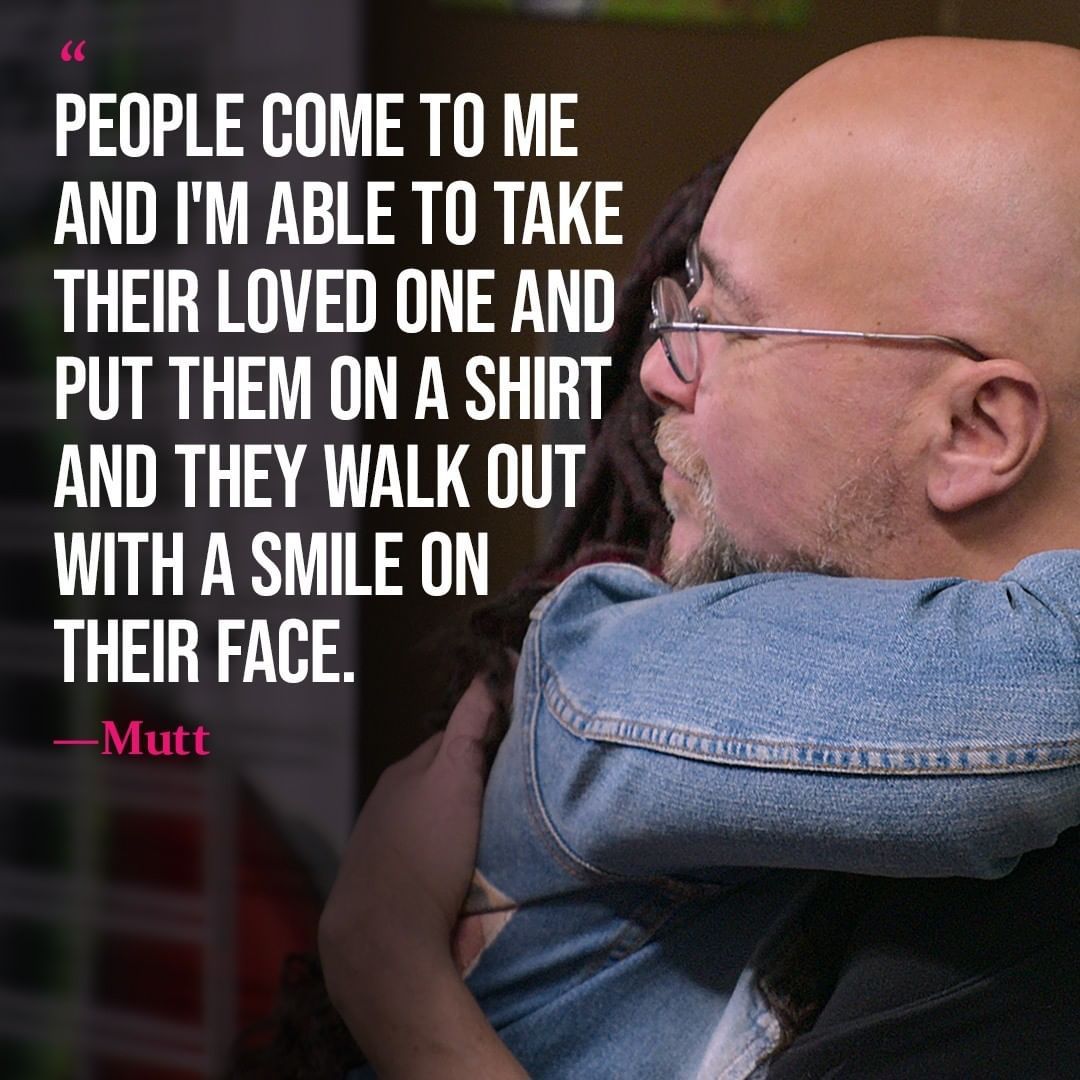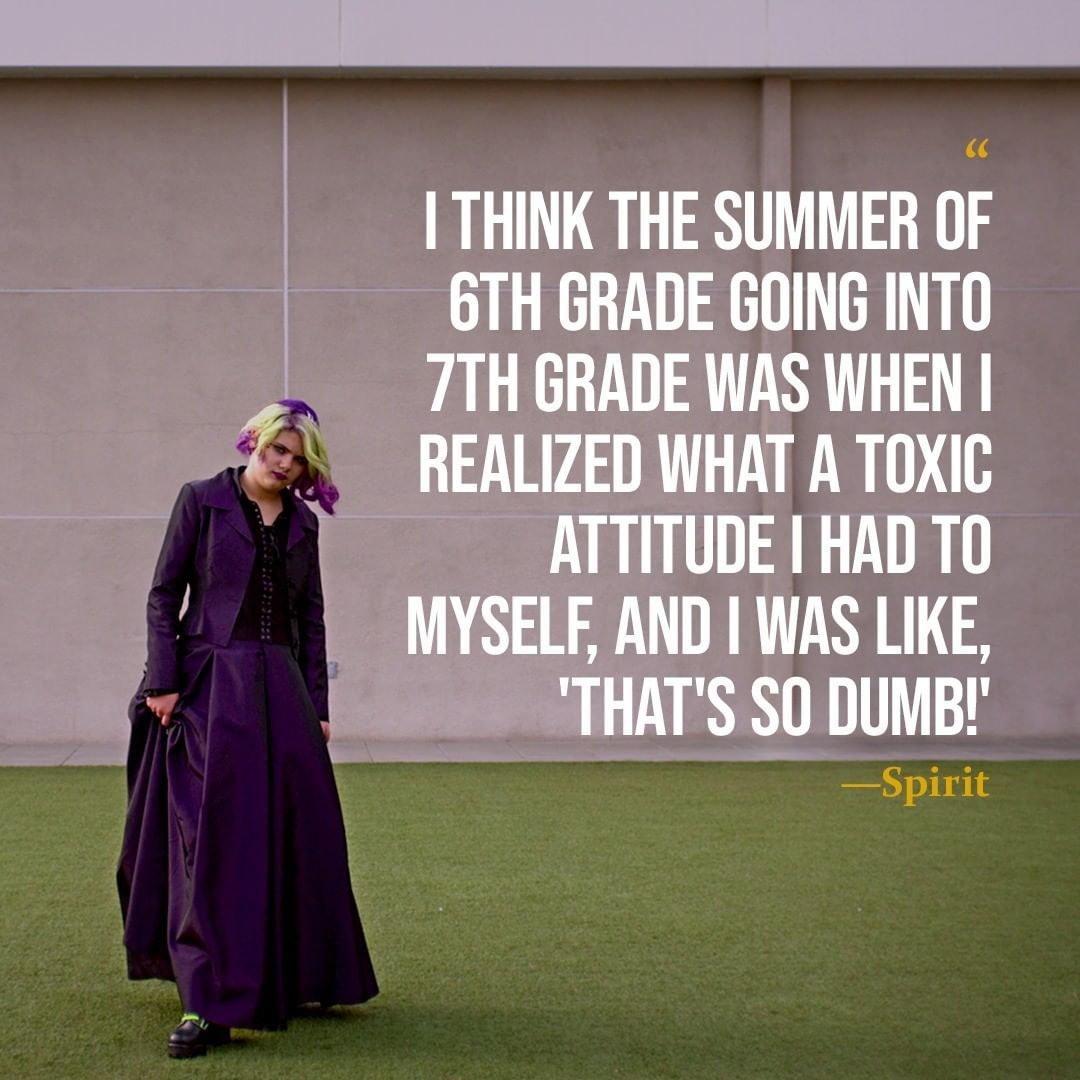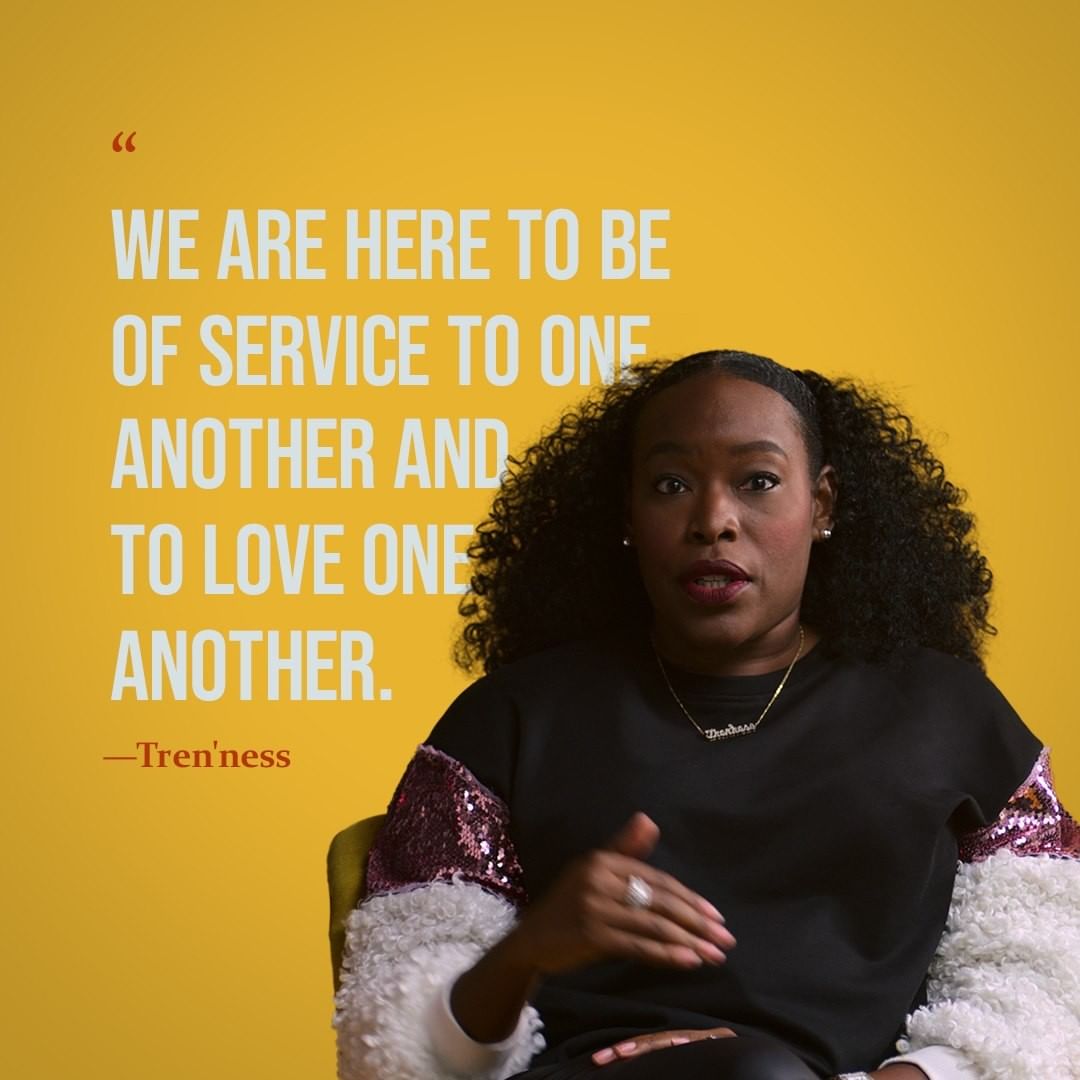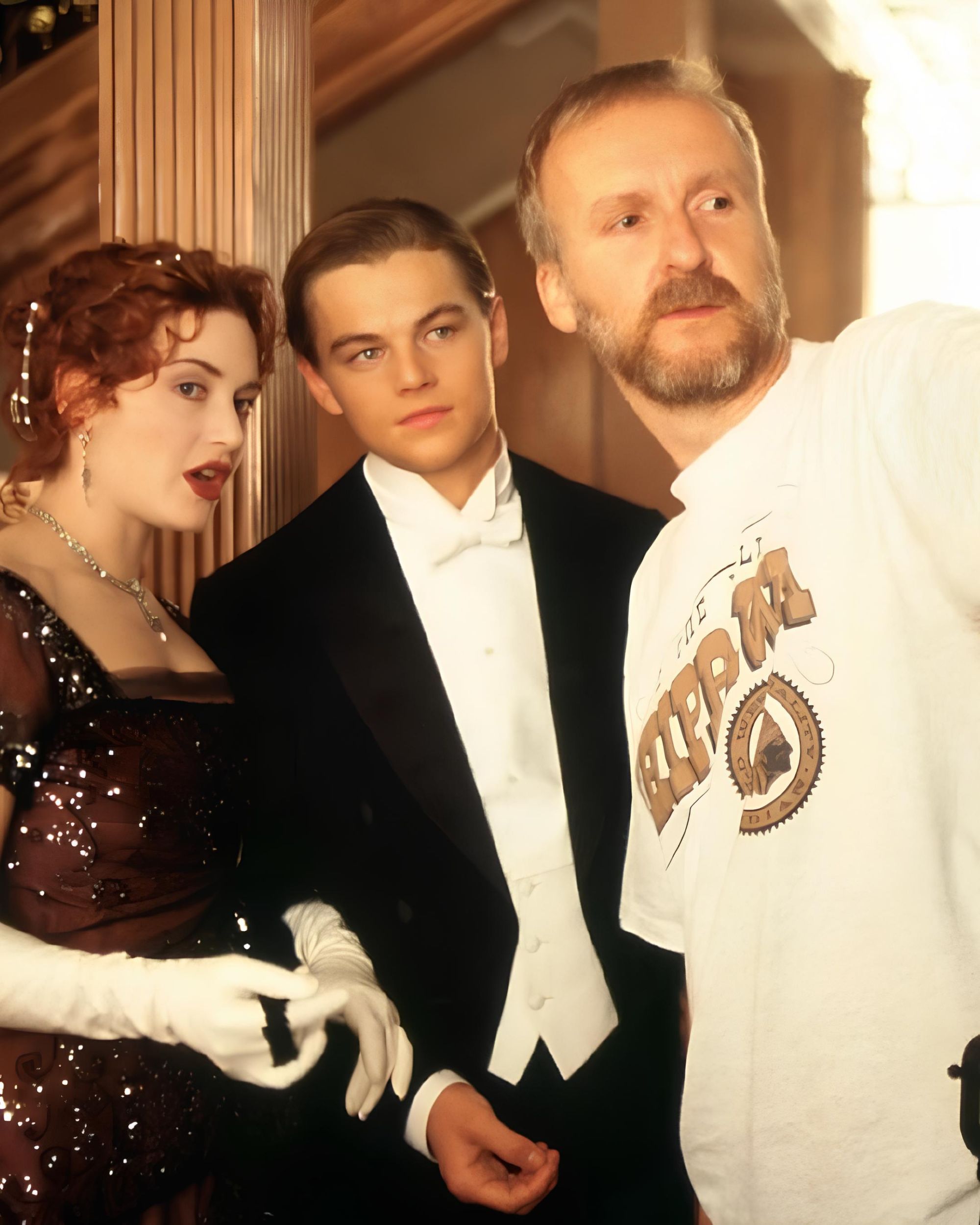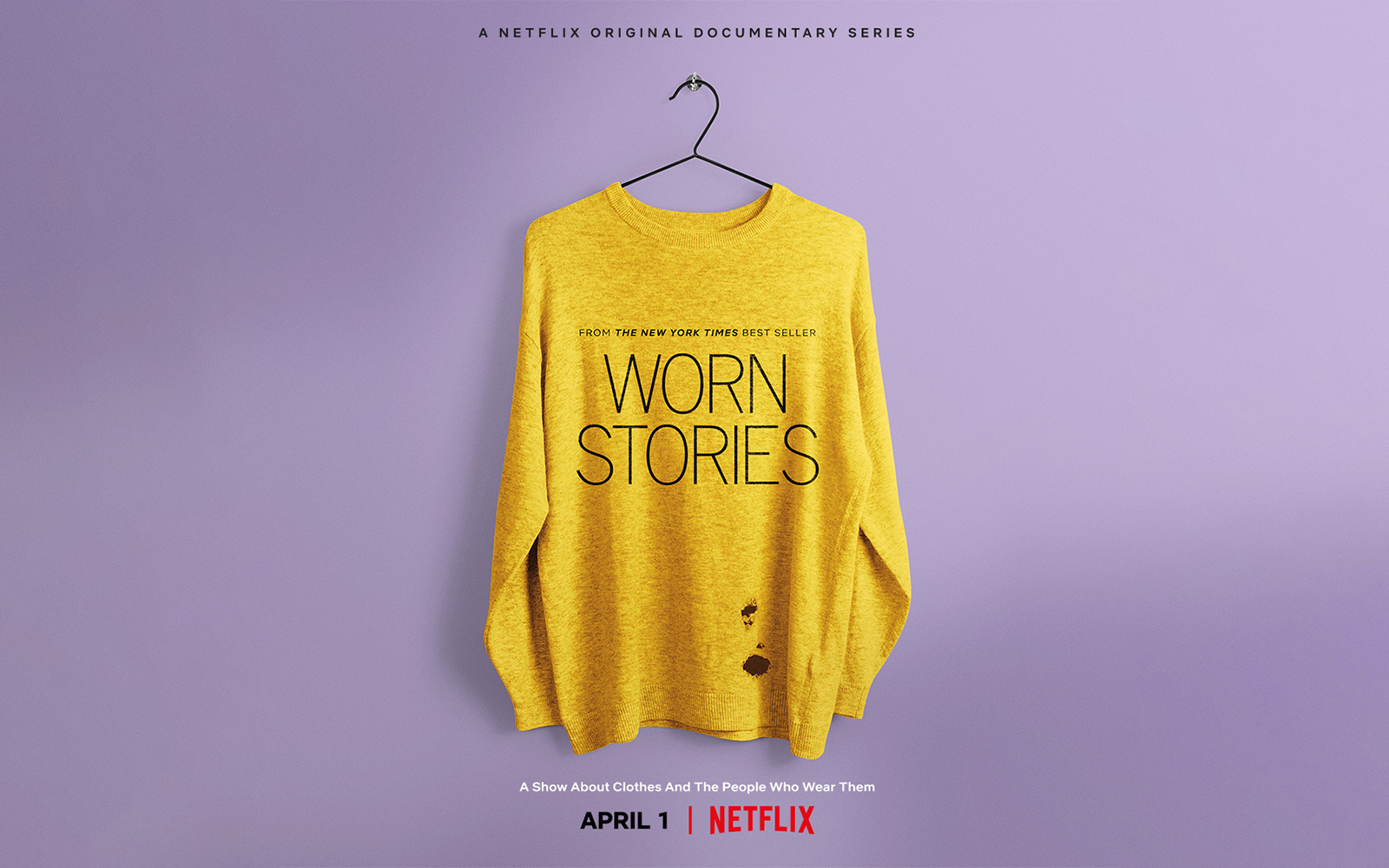
Netflix's new docuseries on the clothes we wear every day "Worn Stories" will tell about the emotional dimension of people's garments
Since the pandemic began, we have discovered the most human qualities of the clothes we wear: if in 2012 Anna dello Russo could say "Fashion is always uncomfortable", today things have changed a lot. Already the world of archive fashion had begun to appreciate the signs of wear and tear and time as an expression of the personality of a dress, but now the whole world has discovered the beauty of a garment to which you have personally bonded, branded or not. This is the basis of Netflix's new docuseries coming on April 1st Worn Stories – which will make ordinary people tell the story of their clothes: the uniform of a firefighter, the t-shirt of an astronaut, the first pair of heels, the new clothes of an ex-convict, the uniform of a night watchman.
The series is based on the best-selling book Worn Stories by Emily Spivack, a journalist for The New York Times and also creator of the installation Medium White Tee dedicated to Barack Obama. Her entire creative career (Spivack is also an artist as well as a writer) is based on storytelling hidden behind everyday objects – a recurring theme in her works. Spivack's interest is focused, to paraphrase her own words used in an interview last year, on "fashion with without the capital F". Here's how Spivack described his interests:
«We all put on clothing every day […] and walk through the world wearing clothes. It is a conduit to so many different experiences. […] We are sitting here in this cafe, watching people walk by–everyone is wearing something and they made that decision to put it on. […] That all says something about our culture. It’s anthropological, sociological».
This new docuseries, in short, would seem to signal a change of gear in mainstream culture: clothes are not just fashion with its trending circus, picturesque characters, icy bosses like Miranda Priestly and money-laden superstars; rather, when we talk about clothes, we also and above all talk about emotions, personalities and identities, as well as individual stories and experiences. The good of Emily Spivack's books, as well as the good that this series seems to promise, lies precisely in recognizing the human and experiential dimension of the clothes we wear, the importance that goes beyond branding or luxury and, in essence, also the recognition that what makes a unique dress is always and in any case who is wearing it.











































